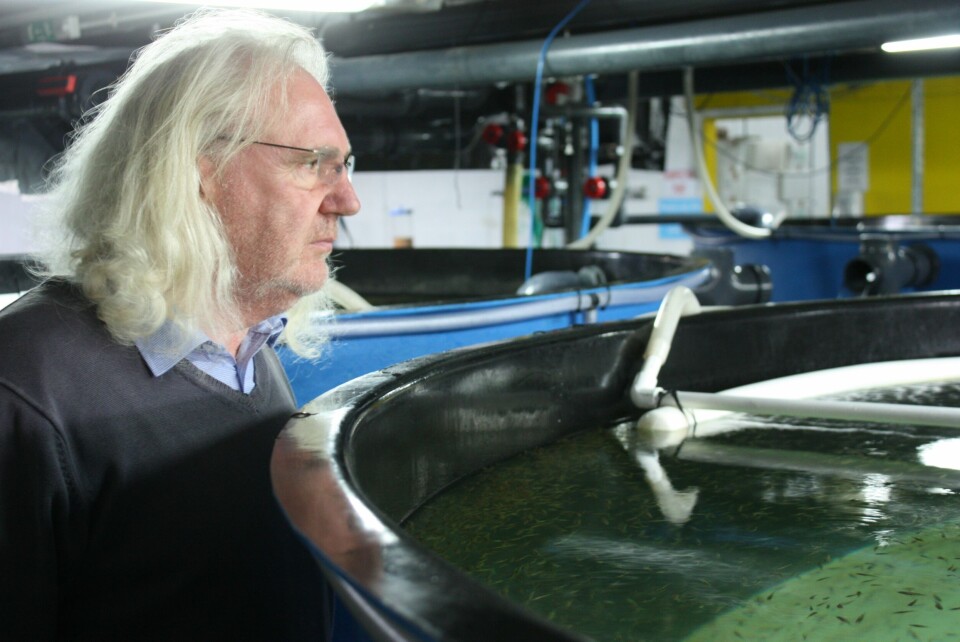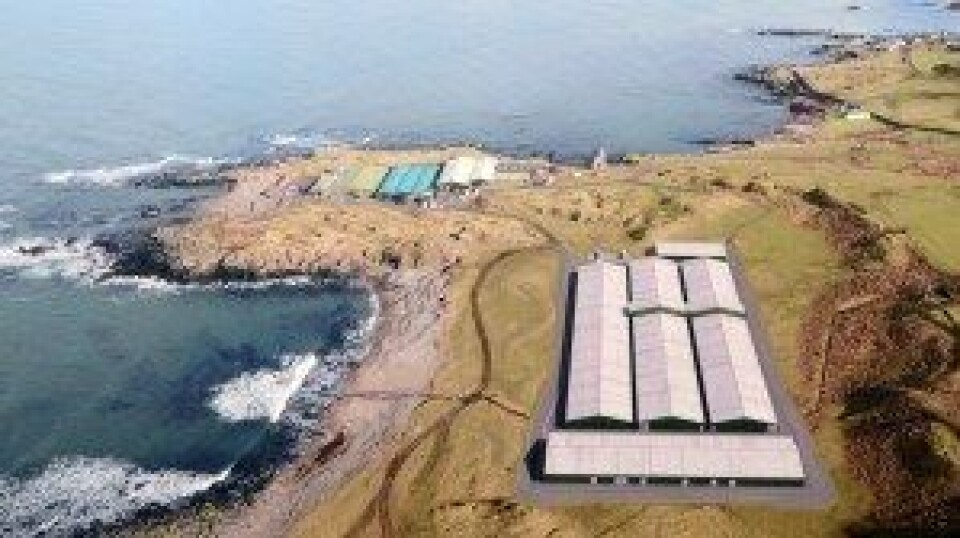
Wrasse breeders reach another milestone
Scotland’s two largest salmon farmers, Marine Harvest and Scottish Sea Farms (SSF), have reported further success in a joint project to breed Ballan wrasse for use as cleaner fish.

In May, Fish Farming Expert reported that the project team had successfully hatched eggs from hatchery-born wrasse that were the progeny of wild-caught fish, completing the lifecycle of farming wrasse in a controlled environment. The achievement is believed to be a world first.
The team has since gone on to successfully wean the wrasse larvae and fry from live food to a dry diet – another key milestone and one that will give salmon farmers more control over the health and nutrition of farmed wrasse.
Controllable supply
Paul Featherstone, manager of the Marine Harvest wrasse hatchery at Machrihanish where the project is taking place, said: “We now have proven procedures for breeding, weaning and rearing wrasse, which will both help ensure farmers have a more secure, controllable supply and reduce reliance on wild stocks.”
Scottish Sea Farms’ head of fish health, Ralph Bickerdike, said: “These landmark breakthroughs are the result of many years of collaborative research, involving a significant investment of time and money by farmers and academic partners intent on developing natural solutions to the control of sea lice.”
The salmon farmers entered into the multi-million-pound collaboration in 2011 with support from Innovate UK (formerly the Technology Strategy Board), then more recently the Scottish Aquaculture Innovation Centre (SAIC) and feed producer BioMar. Under the terms of the collaboration, all insights gleaned will be shared with the wider sector for the common good. The work has been carried out in collaboration with Stirling University’s Institute of Aquaculture.
Although the use of cleaner fish – wrasse and lumpfish – in cages to eat sea lice off salmon is an environmentally-friendly way of controlling lice numbers, the industry has been criticised for catching large numbers of wild wrasse to do the job.
1.2 million wrasse
It is hoped the ability to breed domesticated wrasse will reduce and eventually eradicate the need for wild-caught fish. The industry estimates it needs up to 1.2 million wrasse to service Scotland’s farms.

Around 200,000 a year are already produced for Marine Harvest and SSF from the eggs of wild-caught fish at Machrihanish, and Marine Harvest recently won planning permission to build a larger hatchery on an adjacent site that will produce a further 800,000 annually.
It is also redeveloping the former Anglesey Aquaculture sea bass farm in north Wales to grow between 800,000-1,000,000 wrasse per year.
Featherstone explained to Fish Farming Expert earlier this year that the breakthrough in hatching the progeny of captive-born wrasse will lead to a quite rapid increase numbers because each generation will be better suited to life in a tank.
Rearing problems
“Under the current circumstances, using the progeny of wild wrasse, we are not getting the numbers out that the industry requires because of all the problems in captive rearing,” he said.
“Now that we’ve got a farmed generation coming through, I think the numbers should be able to build up fairly quickly over the next two or three years to supply the industry’s needs.
“They become more domesticated to the system. [It’s the same as] If you’re dealing with a wild cow or sheep or something, over the years the animals become more domesticated, they grow better in captivity.”























































